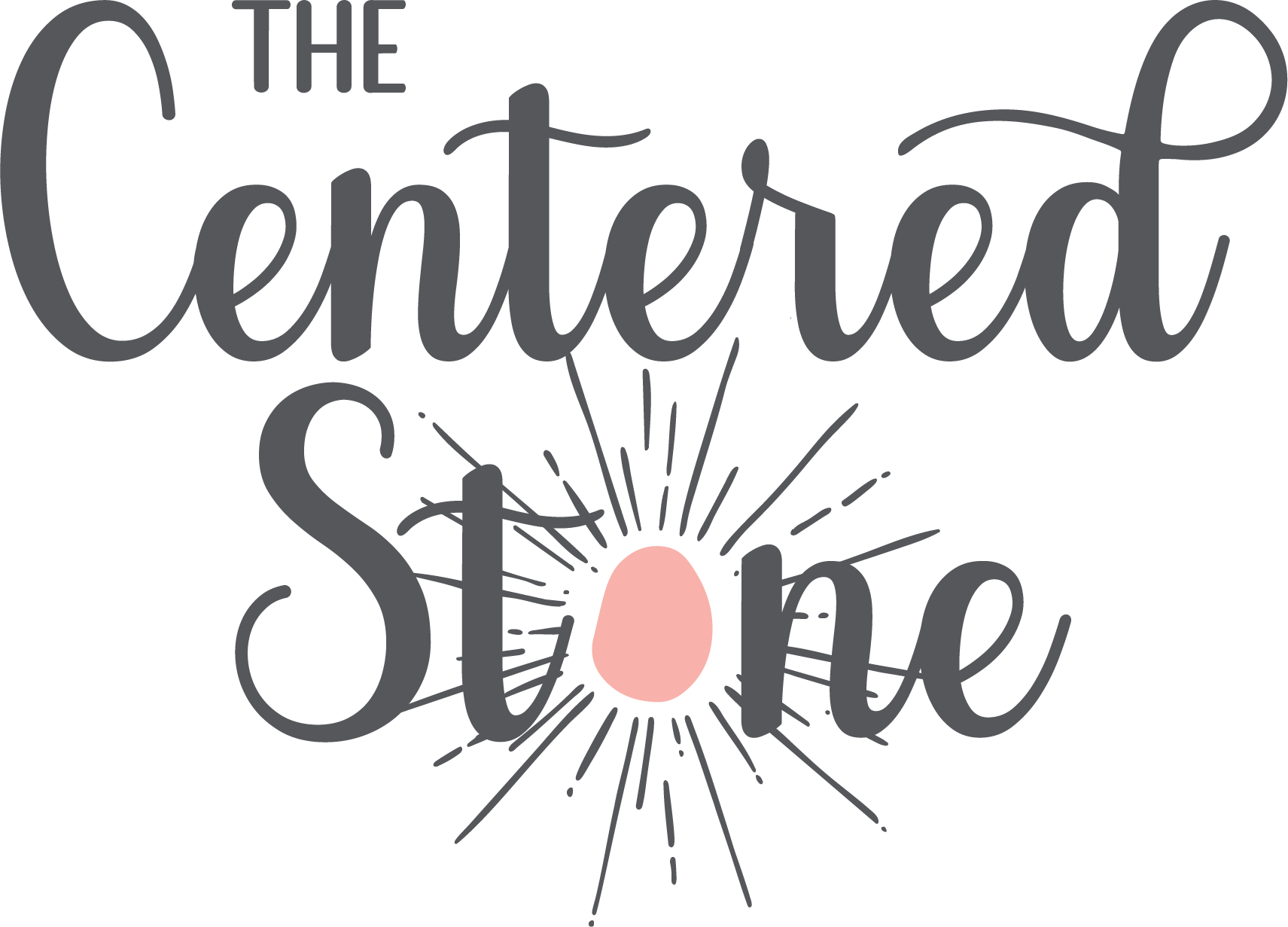Homeopathic Injectables
Homeopathic injections are available at Stone Chiropractic in Pleasant Grove, UT. Here is an introduction to homeopathic injectables to help you decide if this avenue of healing is one you should try.
By Dr. Wilfried Stock
Homeopathic injectables must be manufactured in accordance with the rules of the official
European pharmacopoeia if they claim to be homeopathic. They are used therapeutically in
various “special” forms of treatment such as anthroposophic medicine, antihomotoxic medicine,
combination homeopathy and classic homeopathy.
More than 120 million ampoules of homeopathic or anthroposophic medicinal products are now
manufactured and distributed in the EU every year. Over 90% of these products are produced by
German homeopathic and anthroposophic manufacturers.
The parenteral dosage form was first described in the specialist homeopathic literature in the 19th
century [1]. Since then, homeopathic therapists have studied and made practical use of what was
at that time, a method of administration completely new to homeopathy [2].
Bergmann [l.c., 2] expressly states that it is advantageous for the homeopathic remedy if it does
not have to pass through the gastrointestinal tract where it is severely altered by the gastric and
intestinal juices. In this author’s view, potentized homeopathic remedies work best when applied
unchanged to the mucosa or – even better – injected under the skin or into the bloodstream.
However, the same author mentions that not all cases of disease can be treated using parenteral
administration, and that it is up to the doctor to make the appropriate choice. He also recommends
using the “injection method” only when the symptoms of the disease leave no doubt as to the
choice of the right “similar” and treatment via the internal (oral) route has failed to have any effect.
The new method of administration does not in any way alter the homeopathic character of the
remedy in question, the author continues. It also does not alter the validity of the Law of Similars,
as is impressively demonstrated by specimen cases.
In the same study the author also describes “injections” of high potencies (D 30 and D 300).
The mother tincture was prepared by succussion with water instead of alcohol [l.c. 2, p. 67].
The number of injections given depended on the course of the healing process.
As already indicated above, subcutaneous and intravenous administrations were the first
parenteral forms of administrations used in homeopathy. They have been joined in the past
50 years by others such as intramuscular, intracutaneous, intraarticular and
periarticular forms of administration. These were among other things a result of the
introduction of new treatment techniques such as homeosiniatry [3], neural therapy and
biopuncture by J. Kersschot [4]. All these invasive techniques exploit the advantage gained by administering the homeopathicremedy locally, directly to acupuncture points or trigger points.
These treatment techniques are used mainly to treat injuries, various types of headache,
muscular pain and tendon pain, and acute and chronic inflammatory processes [4].
The main reason for injecting homeopathic solutions into trigger points or into particular
acupuncture points is that injecting the homeopathic remedy at that point markedly
intensifies the healing effect. In the case of administration at an acupuncture point,
the penetration of the injection cannula produces a stimulus similar to that of an
acupuncture needle.
Click here to read the rest of the article about Homeopathic injectables
